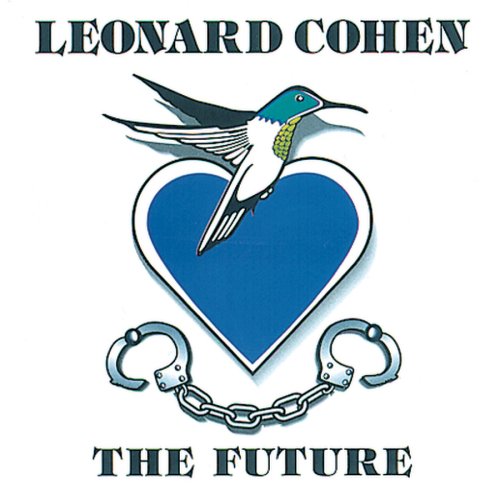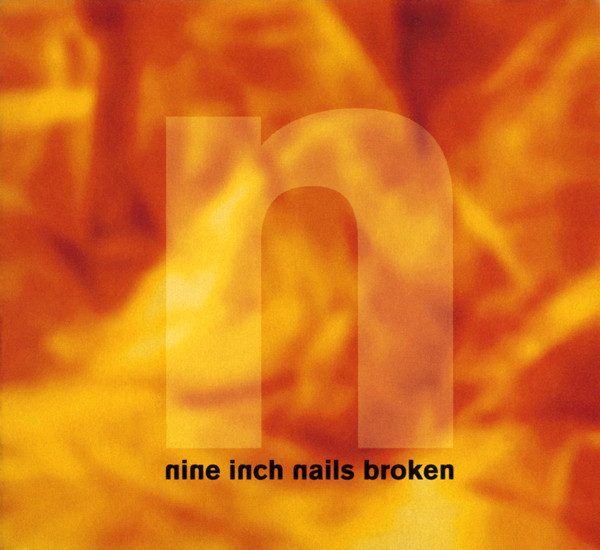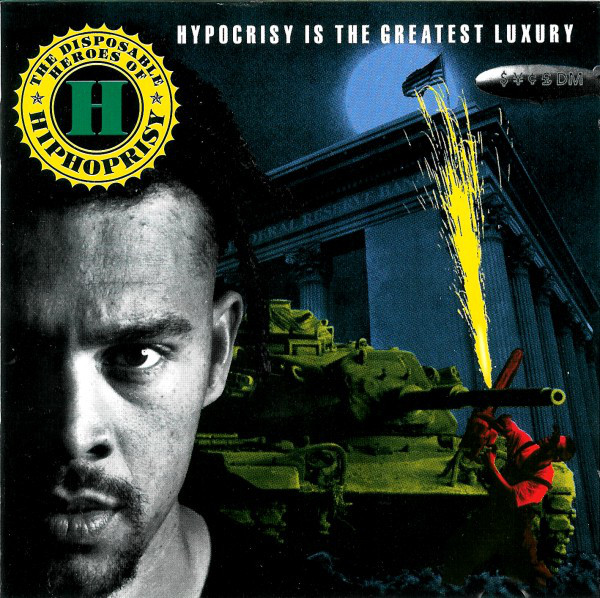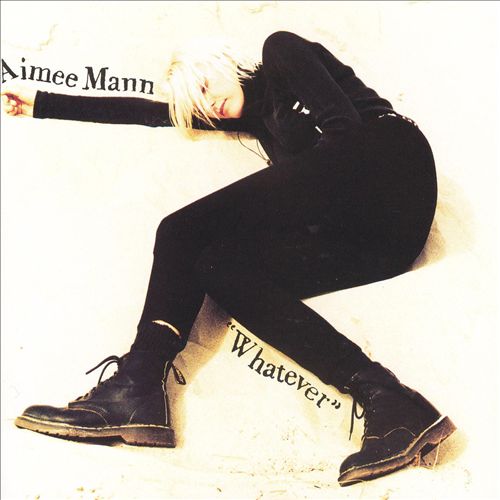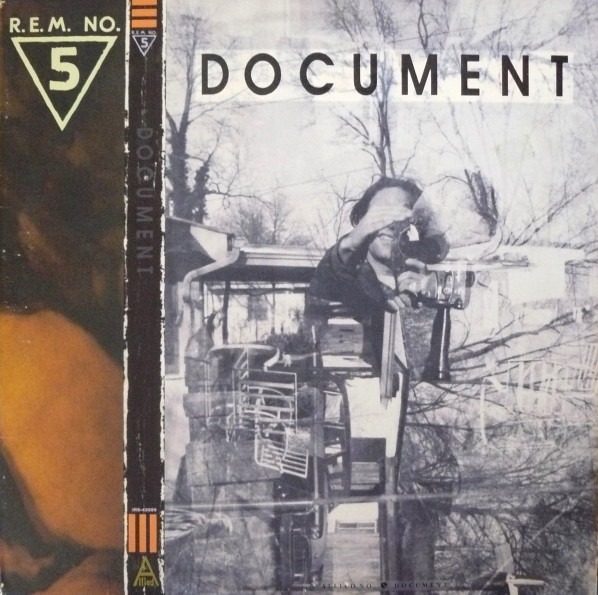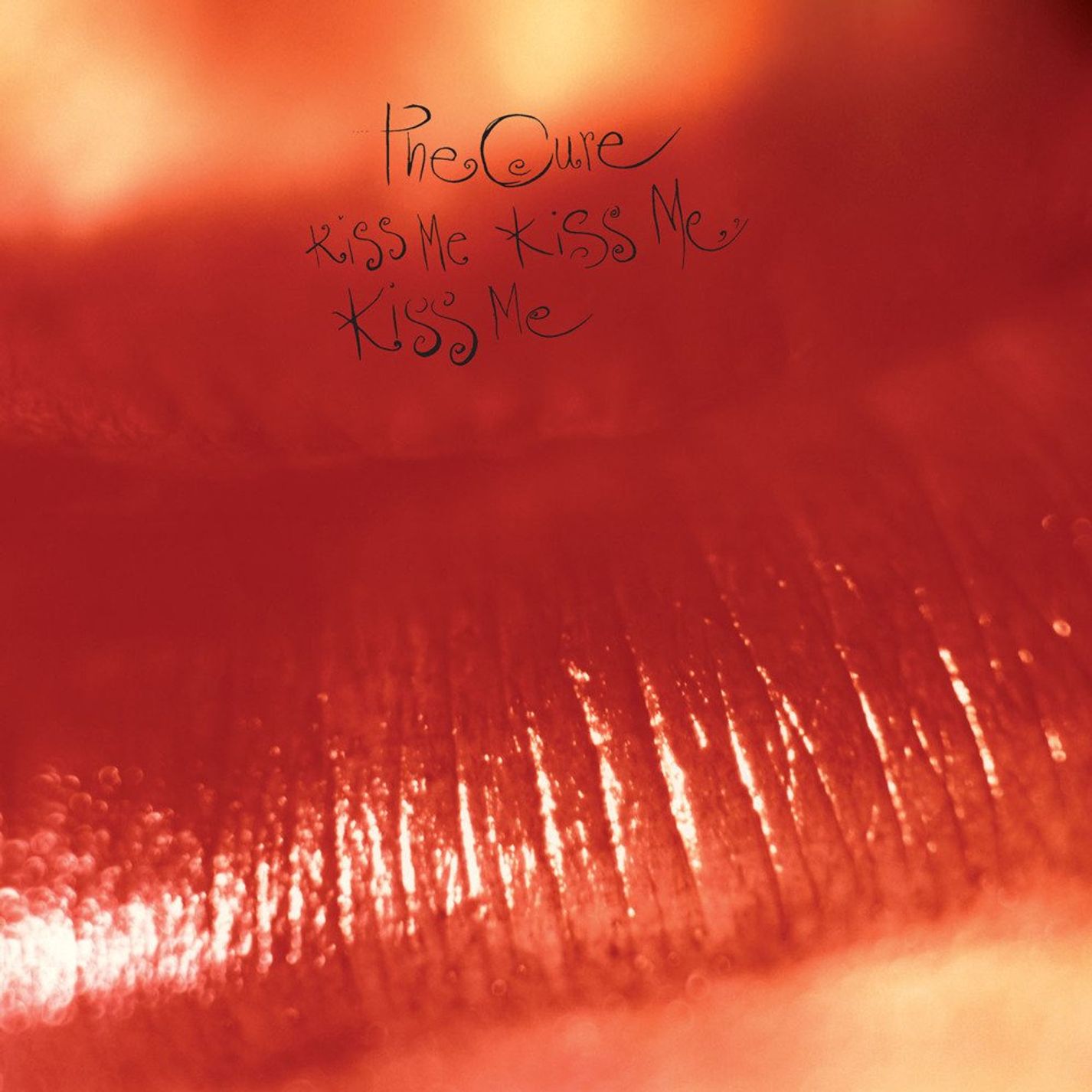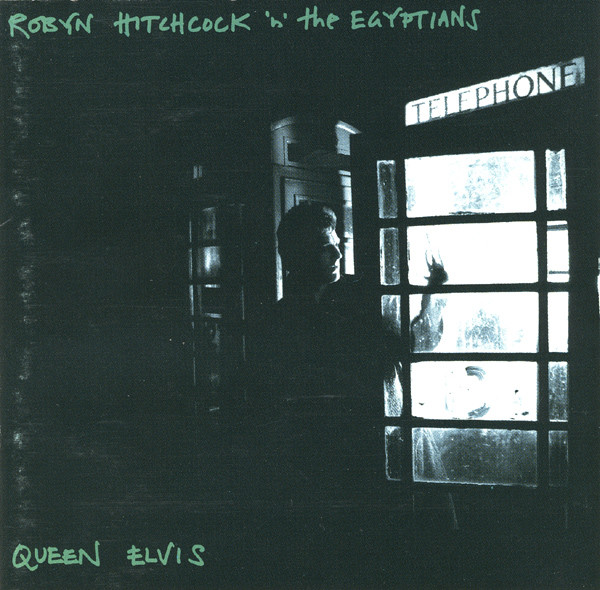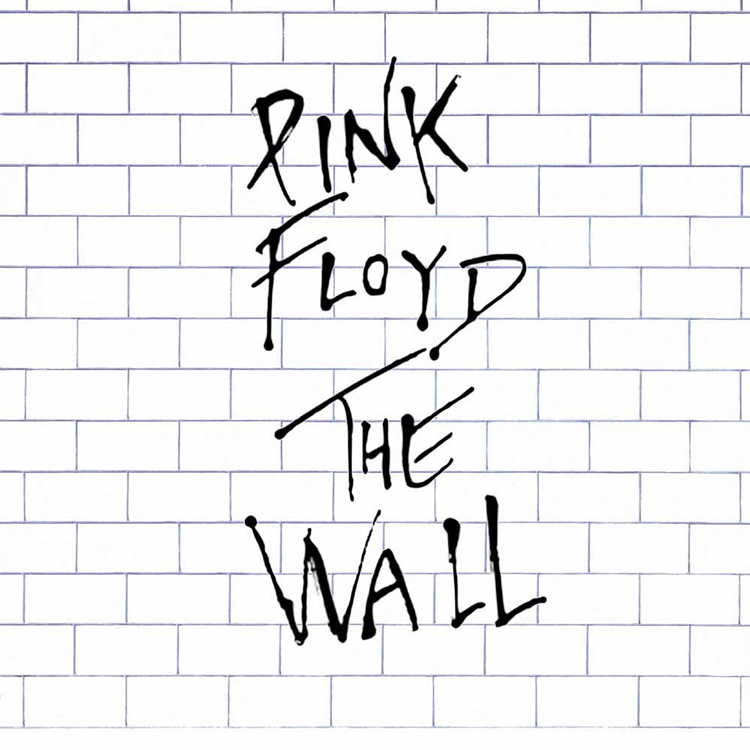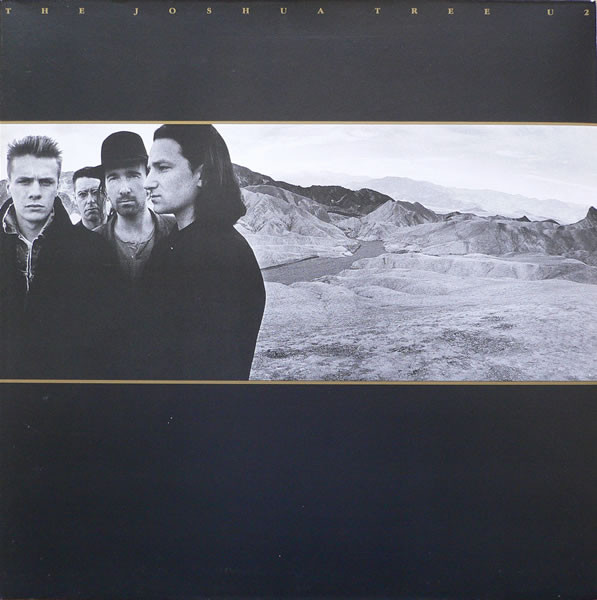 Just how loud and angry can an album be, without devolving into noise? With Broken Nine Inch Nails tells us, pretty fucking loud and angry.
Just how loud and angry can an album be, without devolving into noise? With Broken Nine Inch Nails tells us, pretty fucking loud and angry.
The follow up to Pretty Hate Machine, Broken is an EP that barely clocks in over 30 minutes. Less, if you don’t count the “bonus” songs that shipped on a 3-inch mini-CD with the first pressings of Broken. The proper EP is only six songs, two of which are short-ish instrumentals. You can see clearly where the rest of Trent Reznor’s career is going from Broken.
Trent Reznor discovers guitars
The days of “a slightly harder Depeche Mode” are over. Reznor’s found out about guitars, and has decided they’re a good thing.
“Pinion” is a somewhat misleading intro to Broken. If you have your stereo on a reasonable volume, the first 15 to 20 seconds or so it’s barely audible. Maybe this is Reznor trying to lure listeners in, so they get the full effect of the rest of the album. It’s one of two instrumentals on the album, just a smidge longer than a minute.
“Oh,” you think, “I guess they’ve settled down a bit on their second album.” And “Wish” lets you keep that notion until about 20 seconds into the song when the guitar kicks in. And the hyperkinetic drums? That’s not a drum machine, that’s Martin Atkins – also known for his work with Ministry, Pigface, and Public Image Ltd. This song has three tempos: intense, more intense, and chaos. And did I hear him say “fist fuck?” (Yes, yes you did.)
“Last” always makes me want to find the nearest mosh pit. It’s like being body-slammed by a wall of sound.
If Broken was just wall-to-wall aggressive, it’d still be good – but not as interesting. After the brutality of “Last,” “Help Me I Am in Hell,” is the EP’s second instrumental and it’s really more of an interlude. It’s mostly a repeated guitar riff and percussion with some other layered noise/sounds. On the album there’s a steady thrum that makes me think of some giant beast’s leathery wings.
Sonic fist right in the face
And we’re back! “Happiness in Slavery” is another sonic fist in the face, right out of the bat. Distorted vocals, industrial noise, and some of the chunkiest power chords you’d ever want to hear. And it’s still something you could dance to. Or mosh to.
“Gave Up” closes out the album, or at least the edition I got when Broken was first released. Reznor is one of the few vocalists that can push his voice to the limits (i.e. scream) and still be enjoyable. One of my beefs with most music under the “industrial” and “metal” categories is that the vocals are just… terrible and atonal screaming. Even at maximum angst, he’s still listenable.
Broken is short, but oh-so-good.
“Physical” and “Suck” were “bonus” tracks included with Broken, and I think they’re included as tracks on the EP now. They’re OK, but not quite as good as the material on Broken proper. I actually prefer the original version of “Suck” on Pigface’s Gub.
The Downward Spiral isn’t that far removed from Broken, though I prefer it slightly less. If you haven’t gotten enough from Broken you can also look up Fixed which is billed as “remixes” of Broken but is more like sound experiments from fragments of the EP. I’ll put it on every once in a while when I feel like something different, but it’s nowhere near as enjoyable as Broken in my book.
Nearly 25 years later, Broken still holds up and sets a standard for industrial rock that’s rarely been matched since.
 The Future is currently my favorite album by Leonard Cohen, and some of his darkest material.
The Future is currently my favorite album by Leonard Cohen, and some of his darkest material.